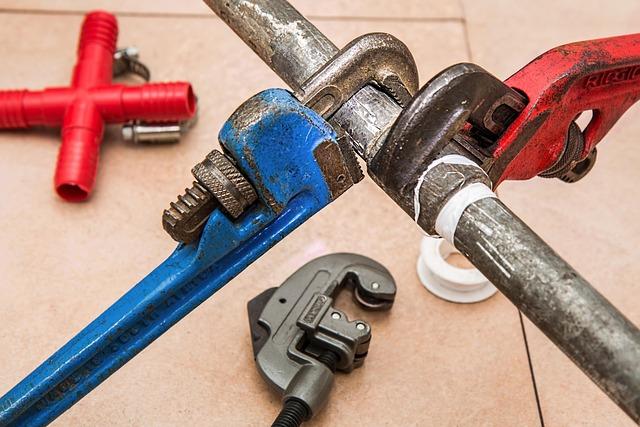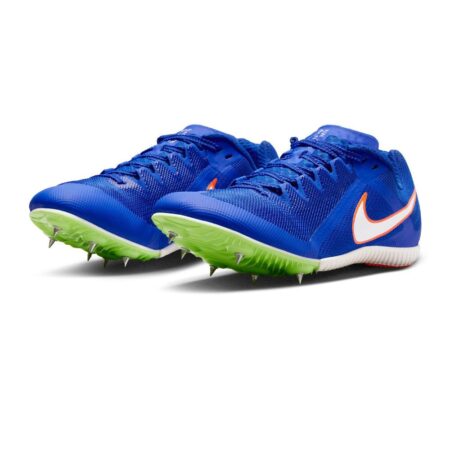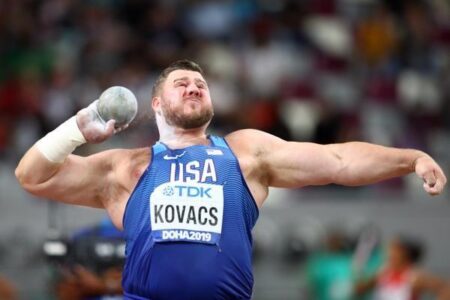A new study sheds light on how performing dual tasks impacts jump landing mechanics in female athletes, revealing crucial differences linked to the presence of dynamic knee valgus. As athletes increasingly face complex movement demands on the field, understanding how cognitive distractions influence knee stability is vital-especially given the heightened risk of injury associated with dynamic knee valgus. This research offers fresh insights into the interplay between brain and body during athletic performance, with potential implications for injury prevention and training strategies in women’s sports.
The Impact of Dual-Task Challenges on Female Athletes Jump Mechanics
Recent research underscores how dual-task conditions can significantly alter jump landing mechanics in female athletes, particularly when cognitive demands are introduced alongside physical performance. These effects are markedly pronounced in athletes exhibiting dynamic knee valgus (DKV), where the integration of an additional cognitive task leads to compromised knee stability and altered neuromuscular control. Under dual-task constraints, female athletes with DKV demonstrate increased knee abduction angles and reduced knee flexion at landing, factors strongly linked to a heightened risk of anterior cruciate ligament (ACL) injuries. Conversely, those without dynamic knee valgus tend to maintain more stable biomechanical patterns, although subtle degradations in kinematic symmetry were still observed.
The kinetic parameters also reveal compelling differences during dual-task scenarios:
- Ground reaction forces (GRF): Athletes with DKV showed elevated peak GRF, suggesting increased loading rates.
- Joint moments: Reduced knee extensor and increased hip abductor moments were recorded, indicating compensatory strategies to maintain balance.
- Center of mass displacement: Variability increased, reflecting decreased postural control under cognitive load.
| Parameter | Without DKV | With DKV |
|---|---|---|
| Peak Knee Abduction Angle (°) | 12.4 ± 1.8 | 19.7 ± 2.3 * |
| Peak Ground Reaction Force (BW) | 2.8 ± 0.3 | 3.4 ± 0.4 * |
| Knee Flexion at Landing (°) | 35.1 ± 4.5 | 28.3 ± 3.7 * |
*Significant differences observed during dual-task conditions, p < 0.05.
Unraveling the Link Between Dynamic Knee Valgus and Injury Risk during Complex Movements
Recent investigations have shed new light on how dual-task conditions-performing cognitive tasks simultaneously with physical activities-can exacerbate biomechanical vulnerabilities in female athletes exhibiting dynamic knee valgus (DKV). This maladaptive knee alignment, characterized by excessive medial collapse during movement, significantly alters jump landing mechanics, raising the risk of anterior cruciate ligament (ACL) injuries. Under the pressure of added cognitive demands, athletes with DKV demonstrated increased knee abduction angles, decreased hip flexion, and altered ground reaction forces, emphasizing the intricate interplay between neuromuscular control and biomechanical stability during complex movements.
To better understand this phenomenon, researchers compared kinematic and kinetic variables across groups with and without DKV while introducing dual-task challenges. The findings highlighted several critical factors contributing to injury predisposition:
- Higher peak knee abduction moments during landing phases
- Reduced hip and knee flexion angles, limiting shock absorption
- Delayed muscle activation patterns affecting joint stabilization
- Increased anterior shear forces on the knee joint
| Parameter | Without Dual-Task | With Dual-Task |
|---|---|---|
| Peak Knee Abduction Angle (°) | 12.5 ± 3.2 | 18.9 ± 4.1 |
| Hip Flexion Angle at Landing (°) | 45.0 ± 5.5 | 37.3 ± 6.8 |
| Ground Reaction Force (BW) | 2.5 ± 0.4 | 3.1 ± 0.5 |
Expert Recommendations for Training to Mitigate Biomechanical Risks in Female Athletes
To effectively reduce the biomechanical risks associated with dynamic knee valgus in female athletes, experts emphasize the critical role of integrated neuromuscular training programs. These regimens prioritize enhancing proprioception, strength, and motor control while incorporating cognitive challenges to simulate real-game dual-task scenarios. Coaches should target key muscle groups-particularly the hip abductors, external rotators, and quadriceps-through exercises such as lateral band walks, single-leg squats, and plyometric drills with focused knee alignment. Importantly, training must progress from controlled environments to sport-specific dynamic tasks that challenge both physical and cognitive systems simultaneously.
In addition to physical conditioning, incorporating dual-task training is gaining traction as a preventive strategy. Experts recommend blending cognitive tasks (e.g., reaction-time drills, decision-making scenarios) with jump-landing mechanics to foster better neuromuscular adaptations. The table below summarizes practical expert advice for coaches seeking to mitigate injury risks while optimizing performance:
| Training Focus | Implementation Tip | Expected Benefit |
|---|---|---|
| Neuromuscular Control | Use balance boards & single-leg drills | Improved knee stabilization |
| Strengthening Hip Muscles | Incorporate resistance bands & weighted lunges | Reduced dynamic valgus angles |
| Dual-Task Integration | Combine cognitive challenges during jump landings | Enhanced decision-making & motor control |
| Progressive Overload | Gradually increase complexity & intensity | Better adaptation to sport demands |
To Conclude
In summary, this study sheds new light on how dual-task conditions influence jump landing mechanics in female athletes, particularly those exhibiting dynamic knee valgus. The findings underscore the added challenges that cognitive distractions pose to knee stability, potentially increasing injury risk. As sports environments become increasingly complex, understanding these interactions is vital for developing targeted training and prevention strategies. This research not only advances scientific knowledge but also holds practical implications for coaches, trainers, and athletes aiming to enhance performance and reduce injury rates in women’s sports.





